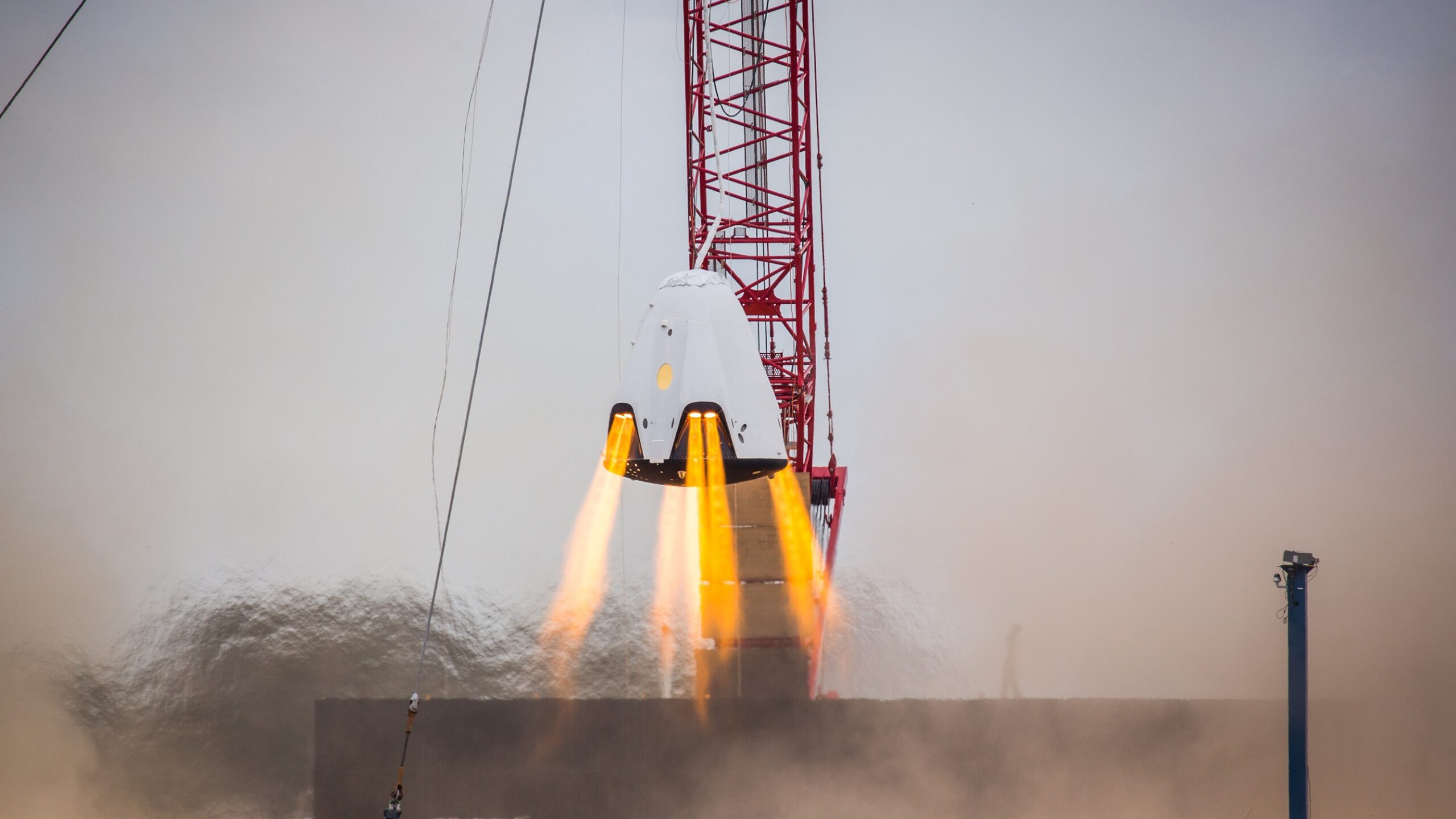The space race is heating up faster than ever, and Elon Musk just changed the game. SpaceX has officially announced what they’ll be sending on their first Starship mission to Mars in 2026, and it’s not just revolutionary for science—it’s a multi-billion-dollar strategy that could crush China’s ambitions and rocket the Musk Empire into deep space dominance.
This mission isn’t just about sending payloads—it’s about sending a message to the world: SpaceX is going to Mars, and they’re going first.
The 2026 Space Race – More Than Just a Launch
Contrary to what many experts predicted, 2025 isn’t the peak of the new space race—it’s just the beginning. The real showdown starts in 2026, when nearly every major space player unveils their most ambitious missions yet.
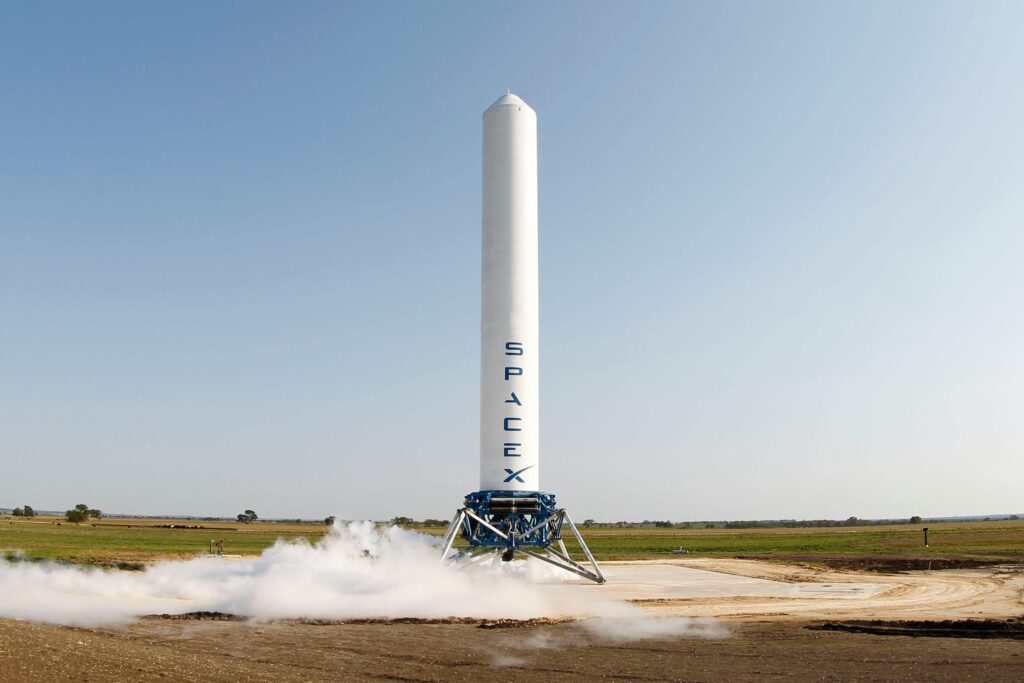
Upcoming Global Launches in 2026
- Blue Origin plans to launch Blue Ring, a cutting-edge logistics and transport platform for medium Earth orbit to the Moon.
- Vast will begin operations on Haven-1, the world’s first commercial space station, partnered with SpaceX.
- ULA (United Launch Alliance) aims for 20–25 Vulcan Centaur launches—more than double their 2025 projections.
- China is stepping up but has yet to officially announce its 2026 plans.
And while all of this is impressive, Elon Musk’s announcement has stolen the spotlight:
“Then we will launch the first uncrewed Starship to Mars at the end of next year.”
Is This Another Elon Musk Promise, or the Real Deal?
Let’s break it down: Is this yet another overambitious Elon Musk projection, or is this mission actually feasible?
Perfect Timing – The 2026 Mars Window
The next Mars launch window opens between October and December 2026. That aligns perfectly with Musk’s timeline. Mars launch windows only open every 26 months, so missing it means waiting until 2028.
Orbital Refueling – Coming Soon
Orbital refueling is crucial for interplanetary travel. SpaceX plans to test Starship refueling in orbit by next year. Their current development goals include:
- Completing Block 3 Starship testing
- Catching both booster and ship using the launch tower
- Verifying vehicle stability
Their first Block 3 flight (Booster 18 + Ship 39) is scheduled for October 2025 under Starship Flight 12. That gives SpaceX a full year to refine the system before the launch to Mars.
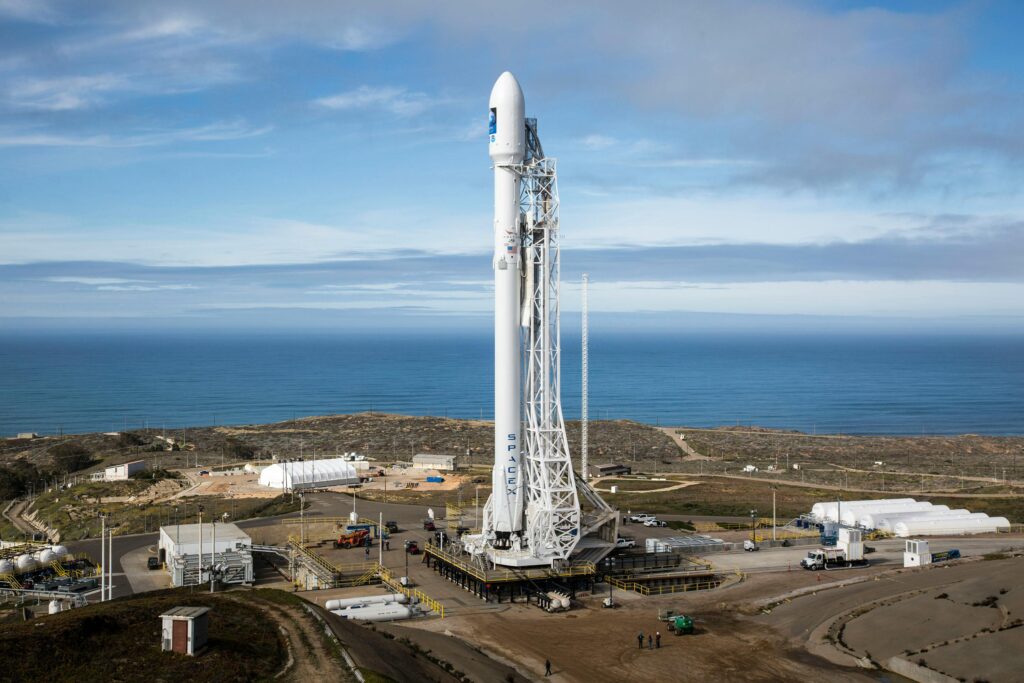
What Is the First Starship Payload to Mars?
Everyone’s asking the same question:
What’s SpaceX actually sending to Mars on Starship’s first mission?
The answer came directly from Gwynne Shotwell, SpaceX’s President and COO. On August 7, 2025, SpaceX and the Italian Space Agency (ASI) made a groundbreaking announcement.
“Get on board. We are going to Mars. SpaceX is now offering Starship services to the red planet. We’re excited to work with the Italian Space Agency on this first-of-its-kind agreement.” – Shotwell
Italy + SpaceX: A Scientific Power Combo
This is the first time a national space agency has officially partnered with SpaceX to deliver payloads to Mars.
What’s Being Sent?
The payload includes:
- Plant growth experiments to test Martian agriculture
- Radiation sensors to evaluate environmental dangers
- Mini weather stations for real-time Mars surface monitoring
The instruments will operate during the six-month journey and after landing—expected around mid-2027.
Why This Data Matters
This data is essential for future human colonization. ASI will share all data with SpaceX, helping Musk’s team prepare for a Mars base by 2032.
Breaking It Down: The Italian Payload
Let’s explore what each part of the ASI payload means for SpaceX and humanity.
1. Plant Growth on Mars
Growing food on Mars is non-negotiable for survival. Italy’s experiment will test crops like lettuce, radishes, and arabidopsis, already tested aboard the ISS, but now under actual Martian gravity and environmental conditions.
Conditions include:
- 0.38G gravity
- CO2-rich thin atmosphere
- Temperatures from -140°C to 20°C
- Surface pressure: 6 millibars
2. Radiation Assessment
Mars has no magnetic field and only a thin atmosphere, exposing its surface to intense radiation—about 0.7 millisieverts/day.
That’s equivalent to getting seven chest X-rays every day.
This data is vital for:
- Designing habitats and space suits
- Hardening electronics for Martian use
- Testing robot and AI resilience
3. Weather Station Insights
Measuring temperature, wind, and pressure is crucial for safe operations. Real-time data will support:
- Future robotic and human landings
- Designing vehicles and shelters
- Planning surface missions with safety margins
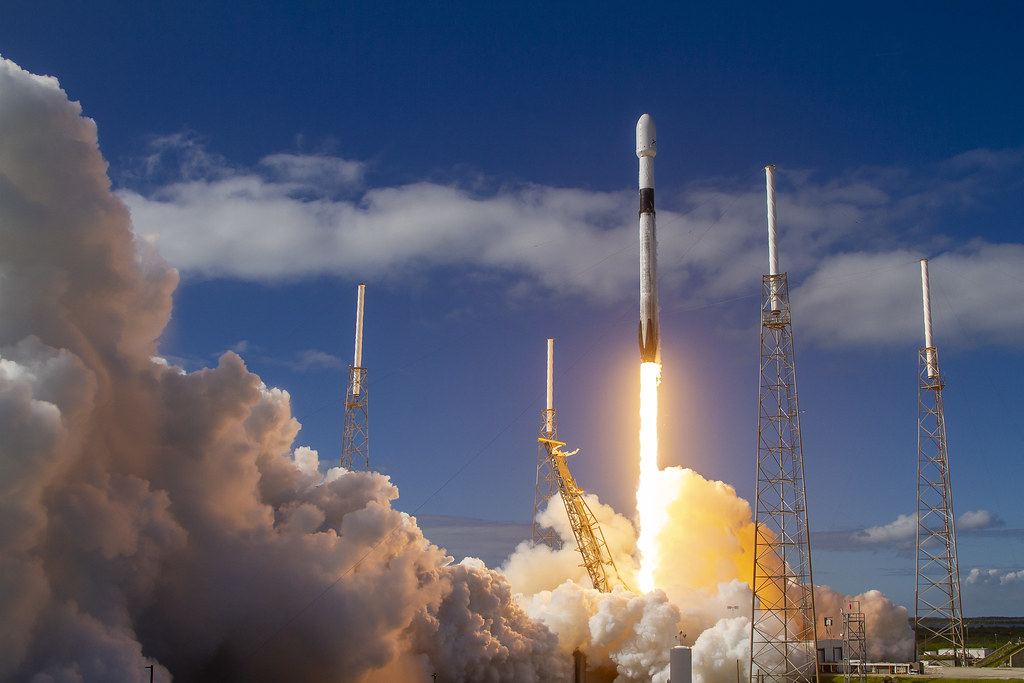
Tesla’s Optimus: The Unexpected Star of the Mission
Now for the real shocker:
SpaceX is sending Optimus—the Tesla humanoid robot—to Mars.
That’s right. No rover. No satellite. A robot.
Why Send a Humanoid Robot?
Optimus is designed for:
- Repetitive or dangerous tasks
- Early exploration and surveying
- Data collection and environmental testing
It will serve as a proxy for human missions, helping SpaceX prepare before astronauts ever set foot on Mars.
A Marketing Masterstroke
This is also a brilliant PR move.
Think back to Falcon Heavy’s first launch in 2018, when Musk sent a Tesla Roadster into space. It went viral, and Tesla saw a huge spike in deliveries.
Fast-forward to today, and Tesla’s Q1 2025 sales hit 336,000 vehicles. Expect similar buzz when the world sees a humanoid robot walking on Mars.
The Bigger Plan: Mars Base by 2032
This mission lays the groundwork for Elon Musk’s 2032 Mars base goal. Here’s how this first payload plays into that vision:
- Testing crop sustainability
- Monitoring radiation effects
- Running field simulations with robots
- Building datasets to design infrastructure and life support
SpaceX could save millions in R&D costs by leveraging ASI’s findings instead of funding independent experiments.
Underground Habitats and Radiation Shielding
Based on the radiation data, future Mars bases could include:
- Underground habitats using Martian regolith for shielding
- Artificial magnetic fields for radiation protection
This is the kind of science-meets-strategy that SpaceX thrives on.
China Isn’t Standing Still
While Musk prepares to dominate Mars, China is eyeing the Moon.
Lunar Ambitions: The LANU Lander
On August 21, 2025, China completed a successful takeoff and landing test of their new crude lunar lander, named LANU (“embracing the moon”).
This dual-module lander will:
- Carry two astronauts to the Moon
- Deliver a rover and scientific payloads
- Serve as a life-support and operations base
China’s Timeline
Their goal? Lunar astronauts before 2030.
And further down the line—building a nuclear-powered lunar base with Russia between 2032 and 2035.
But there’s a catch: China’s never sent humans beyond low-Earth orbit. Meanwhile, NASA and SpaceX have decades of experience with Mars rovers, ISS missions, and long-duration flights.
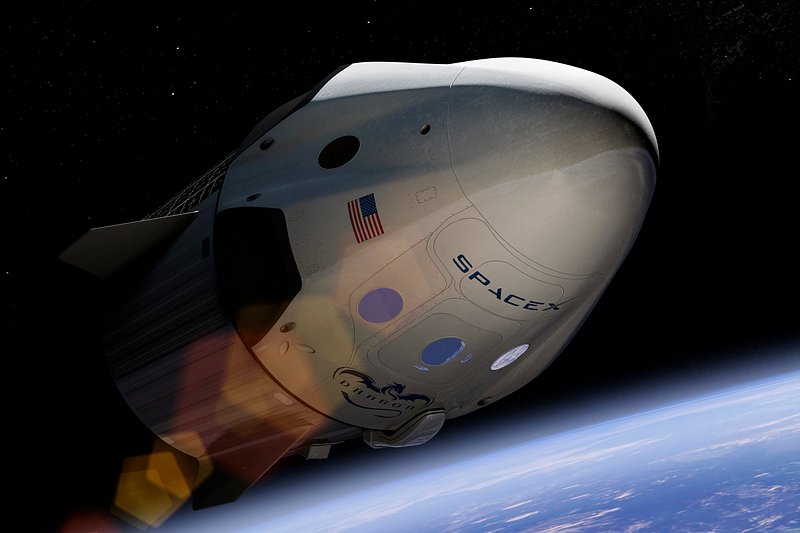
The U.S. Response: Moon Power Play
NASA isn’t just watching. They’re accelerating too.
At a Department of Transportation press conference, NASA administrator Shawn Duffy announced a bold plan:
“We’re in a race to the Moon. A race with China. And we’re sending a 100-kilowatt nuclear reactor to the Moon by 2030.”
Why Nuclear Matters
To support long-term lunar presence, you need:
- Reliable power
- Sustainable energy systems
- Independence from solar limitations
This is about staking the claim not just on the Moon, but on energy dominance in space.
Conclusion: SpaceX’s Starship Will Change Everything
So, let’s recap:
- 2026: Starship flies to Mars
- Payload includes:
- Italy’s scientific instruments
- Radiation sensors
- Plant growth experiments
- Tesla’s Optimus robot
- All this sets the stage for:
- Human missions by 2028–2029
- A permanent Mars base by 2032
Meanwhile, China and the U.S. are in a nuclear-powered Moon race, and the entire landscape of space exploration is about to be redrawn.
FAQs
1. What is SpaceX planning to launch to Mars in 2026?
SpaceX plans to launch Starship Block 3 to Mars in late 2026, carrying scientific instruments from the Italian Space Agency and Tesla’s Optimus humanoid robot.
2. Is the 2026 Mars mission from SpaceX confirmed?
Yes, Elon Musk and Gwynne Shotwell have both confirmed that an uncrewed Starship mission to Mars is scheduled for the next Mars launch window between October and December 2026.
3. What is the purpose of the Italian Space Agency’s payload?
The payload includes experiments for plant growth, radiation sensors, and a weather station to collect crucial data for future human missions and Mars colonization.
4. Why is Tesla’s Optimus robot going to Mars?
Optimus will help perform early exploration, environmental data collection, and field testing, reducing risks and labor for future human crews.
5. What is orbital refueling and why is it important?
Orbital refueling allows one Starship to refuel another in space, enabling long-distance missions like those to Mars and beyond without needing massive rockets.
6. What crops will be tested for growth on Mars?
Crops like lettuce, radishes, and arabidopsis—previously grown on the ISS—will be tested under real Martian gravity and atmospheric conditions.
7. How dangerous is radiation on Mars?
Radiation on Mars is estimated at 0.7 millisieverts per day, roughly equivalent to seven chest X-rays daily, which poses serious health and hardware risks.
8. When is the first Starship Block 3 flight scheduled?
The first flight of Starship Block 3 (Booster 18 + Ship 39) is targeting October 2025, under Starship Flight 12.
9. How will SpaceX benefit commercially from this Mars mission?
This mission enhances SpaceX’s commercial credibility, strengthens ties with international space agencies, and promotes Tesla’s brand globally.
10. When does Elon Musk plan to start building a Mars base?
Elon Musk’s goal is to begin building a Mars base by 2032, using data and technology validated by earlier robotic and uncrewed missions.
11. How long will the journey to Mars take?
A Starship journey to Mars is expected to take around six months, depending on the planetary alignment and propulsion efficiency.
12. Will humans be on the 2026 Starship Mars mission?
No, the 2026 mission will be uncrewed. Human missions are projected to start between 2028 and 2029, depending on safety and data readiness.
13. Is SpaceX working with other countries for Mars missions?
Yes, SpaceX has officially partnered with the Italian Space Agency (ASI) for Mars payload delivery—the first such deal with a national space agency.
14. How will Optimus help future Mars astronauts?
Optimus can handle dangerous, repetitive, or boring tasks, allowing human crews to focus on mission-critical operations, exploration, and habitat setup.
15. What is the Mars launch window?
Mars launch windows occur every 26 months when Earth and Mars align favorably. The next one is between October and December 2026.
16. How will the data from the 2026 mission be used?
The data will inform decisions about habitat design, radiation shielding, crop sustainability, and robotic operations—all essential for colonization.
17. What’s the impact of this mission on China’s space plans?
SpaceX’s Mars mission could overshadow China’s Moon-focused programs, highlighting the U.S. lead in deep space exploration.
18. Could this mission influence Tesla’s market value?
Yes. Like the 2018 Falcon Heavy + Roadster stunt, sending Optimus to Mars could dramatically boost Tesla’s brand visibility and market perception.
Read More:
- Elon Musk’s $9,875 Model 2 is HERE! SHOCKING Range and Game-Changing Design Revealed
- SpaceX aces Starship test flight 10 with successful payload deployment
- Tesla Semi earns strong reviews from veteran truckers
- Elon Musk’s xAI and X file antitrust suit against Apple and OpenAI over AI exclusivity
- Tesla China working overtime to deliver Model Y L as quickly as possible

